Bitfinity Vs. Base: A Deep Dive
This comprehensive guide delves into Bitfinity's innovative EVM and Chain Fusion technology, contrasting it with Base's utilization of Ethereum's ecosystem for scalability enhancements.

In this article we are going to take a look at a comparison between a pretty hyped-up Base blockchain that offers a low-cost platform for builders and developers as an Ethereum Layer 2 (L2) solution.
On the other hand, there is Bitfinity that brings affordability, security, and scalability to the forefront, making it an ideal environment for deploying decentralized applications (dApps). Let's take a look.

What is Bitfinity?
Bitfinity, as discussed in many previous articles, is a Layer 2 solution built on the Internet Computer Protocol (ICP) that integrates directly with the Bitcoin blockchain.
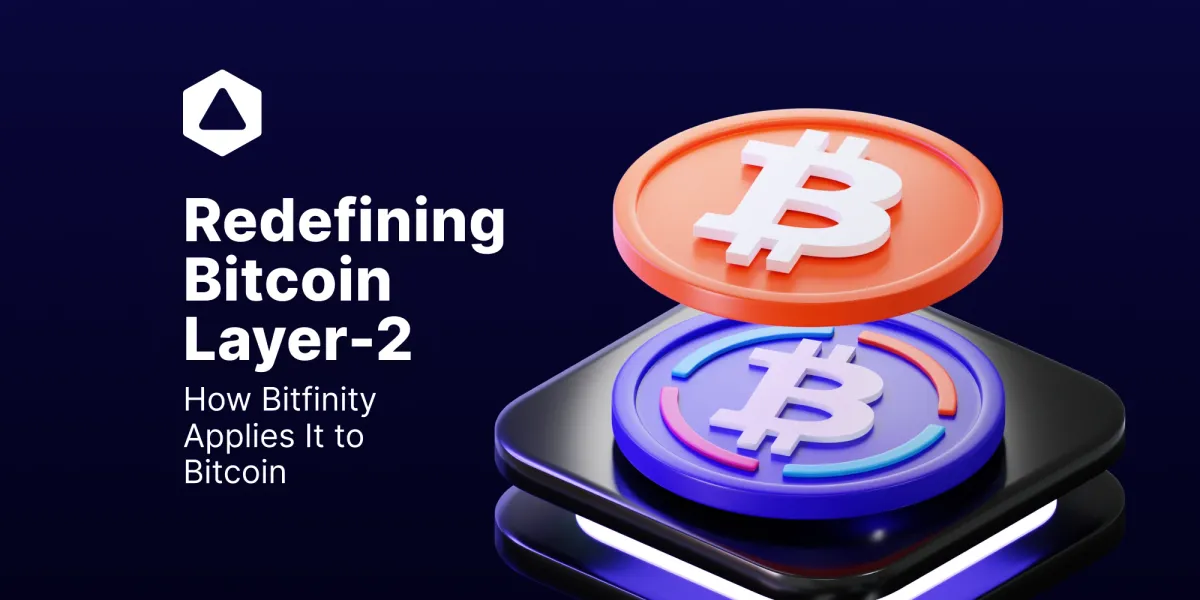
How is Bitfinity Powered by Chain Fusion Technology?
It leverages advanced chain key fusion cryptographic techniques to provide high scalability and interoperability between Bitcoin and other blockchain networks, already possible with Ethereum.
Core Features of Bitfinity
- Direct Bitcoin Integration: By utilizing Chain Key technology to facilitate direct interactions with Bitcoin, Ethereum-like smart contracts find their way to Bitcoin.
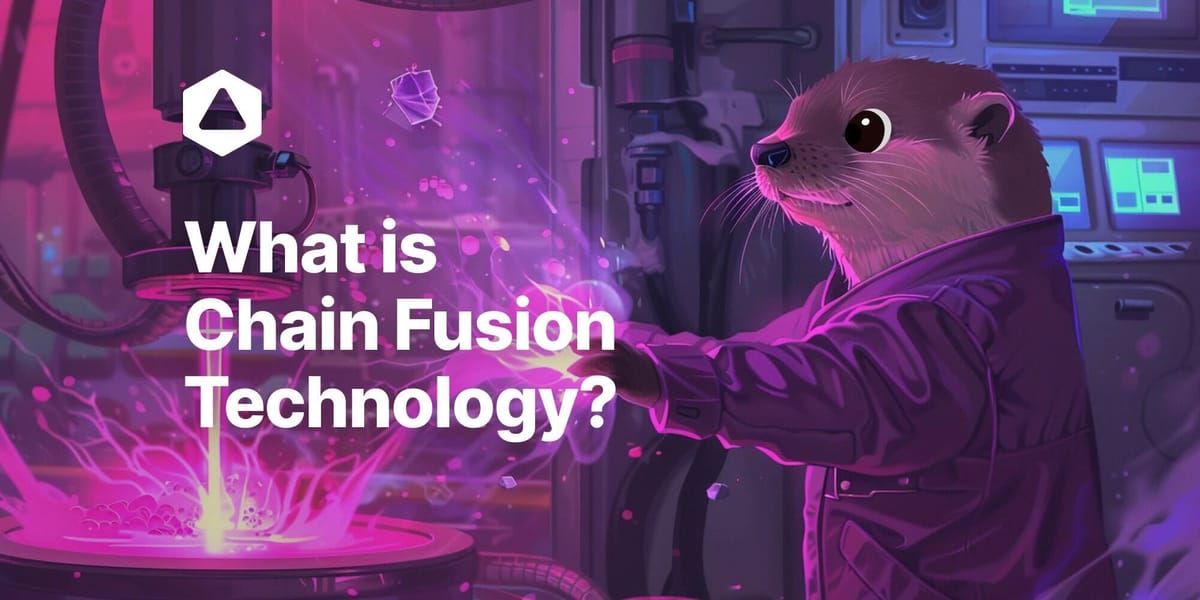
- EVM Compatibility: The Bitfinity EVM allows developers to deploy Ethereum-based dApps using Solidity.
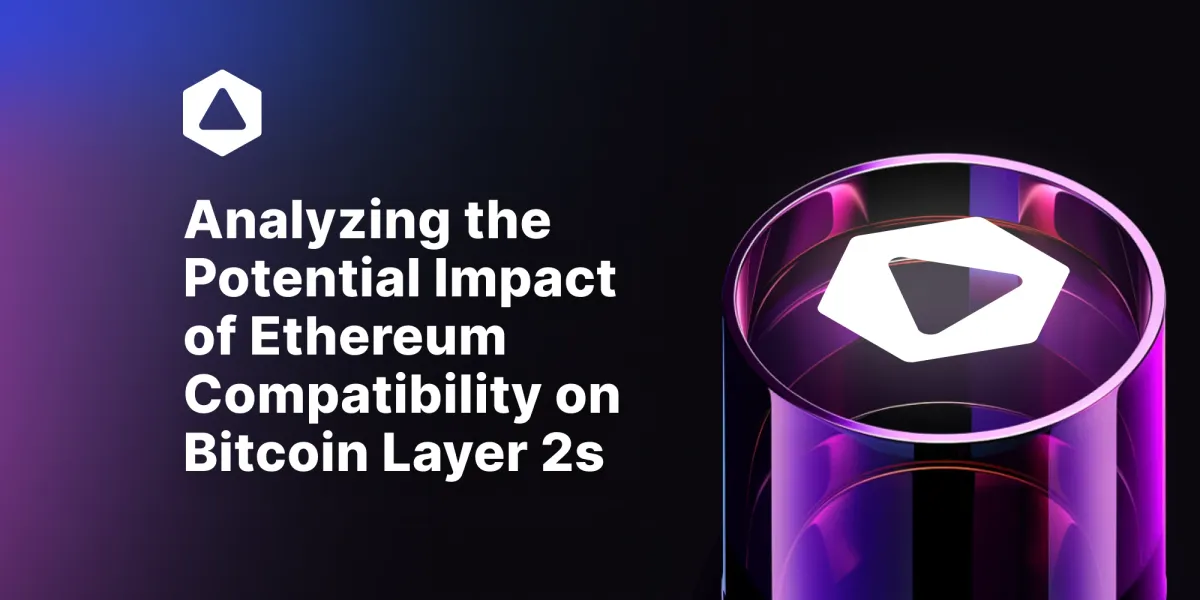
- Developer-Friendly: Popular Ethereum development tools and environments, such as Solidity, Truffle, and Hardhat are supported, which means an easy transition for Ethereum developers to Bitcoin.
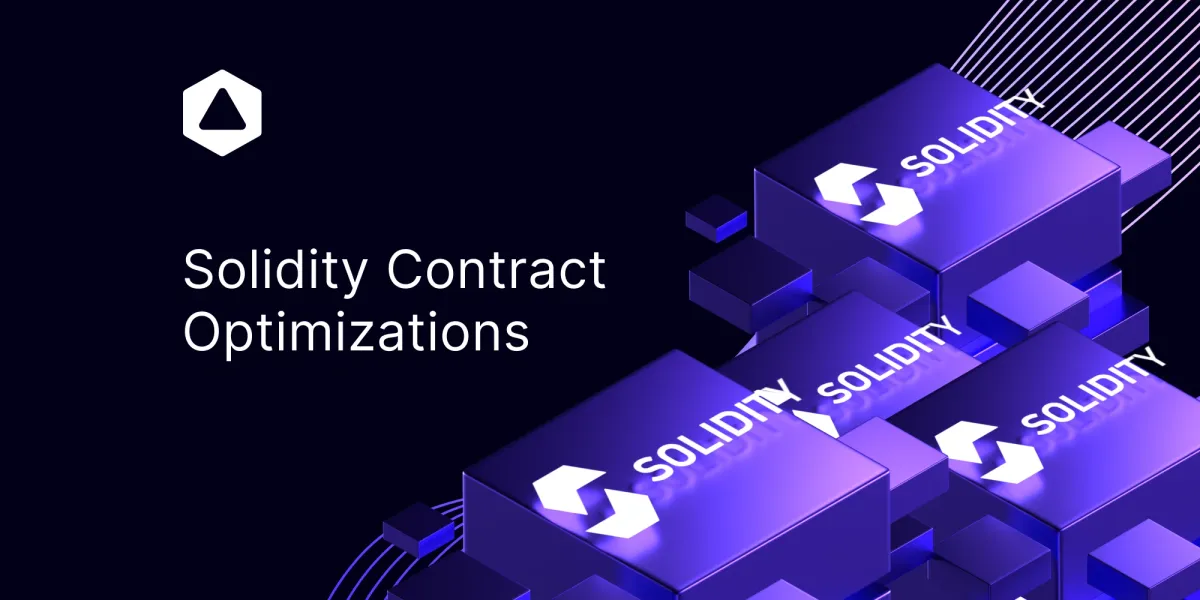
What is Base?
Base is a builder-friendly Ethereum L2 that leverages the security, stability, and scalability necessary to deploy any Ethereum Virtual Machine (EVM) codebase.
Base targets a wide range of applications, from banking to arts, music, and memecoins and is designed to leverage Coinbase’s products and distribution as it offers Coinbase integrations, easy fiat on-ramps. Base does not plan to introduce a new network token.
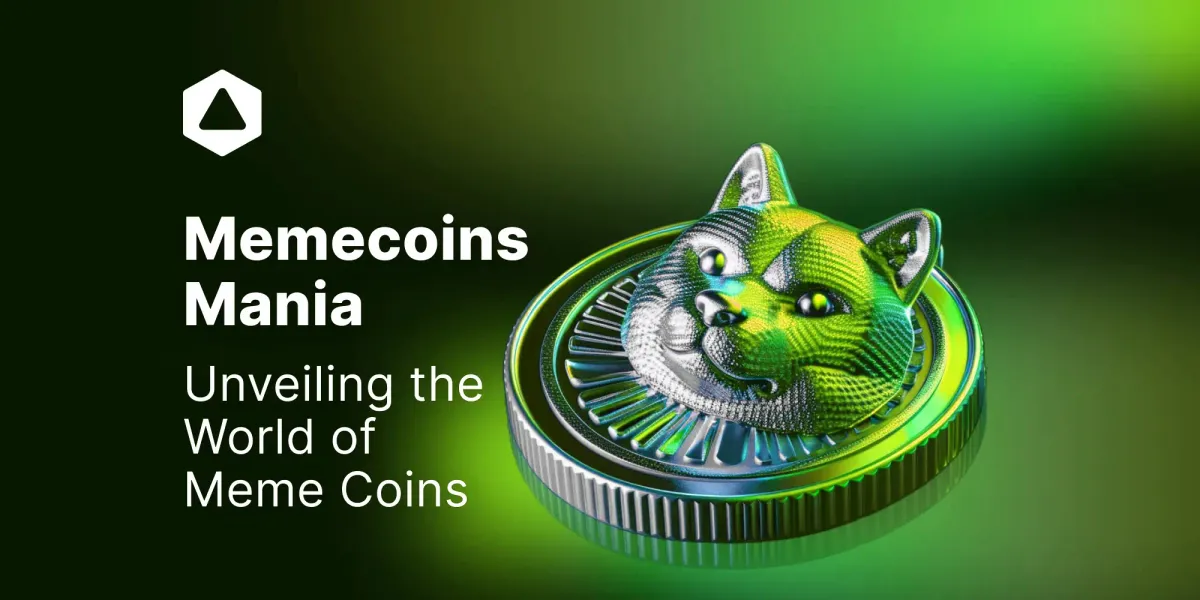
How is Base Powered by the OP Stack?
Base is not built from scratch; it utilizes the OP Stack, an open-source technology developed by Optimism. A technology that allows for the creation of Layer 2 networks using modular, easily upgradable components. Base is the second major network after the Optimism mainnet to be built on this stack.
Through Optimistic Rollups, Optimism enables fast transaction processing, positioning Ethereum as a more viable platform for deploying complex decentralized applications. More on Rollups, even on Bitcoin, can be found here!🔽
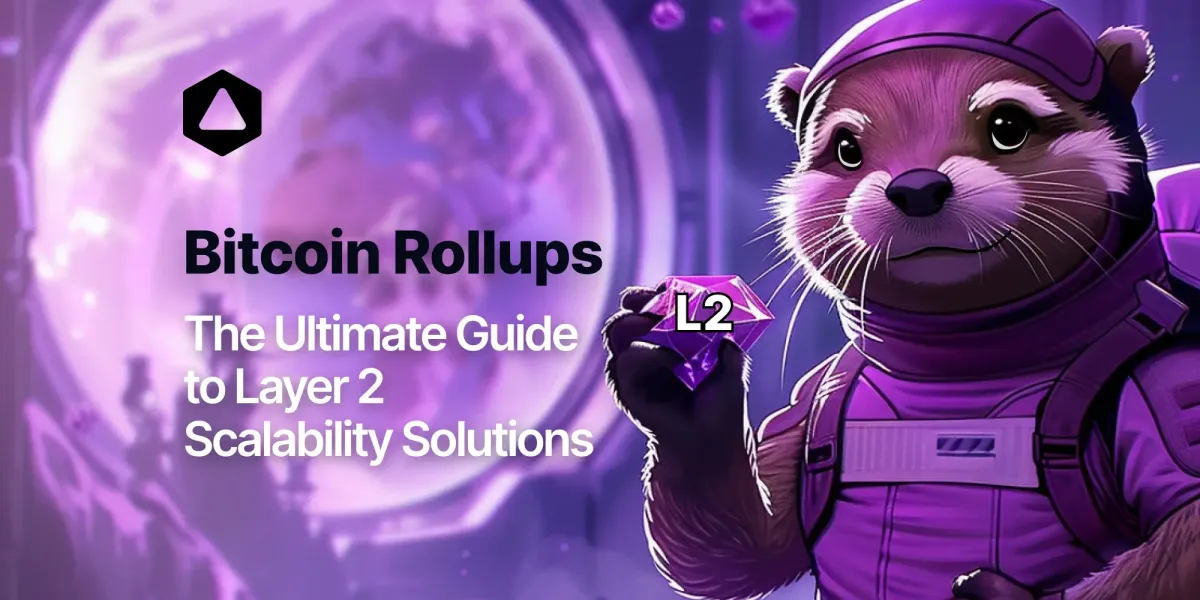
Detailed Comparison Bitfinity Vs. Base
Technological Integration
- Bitfinity: Its integration with Bitcoin via Chain Key technology allows for a unique proposition where Bitcoin's liquidity and security are directly accessible within Ethereum-compatible smart contracts.
- Base: Stays within the Ethereum ecosystem, enhancing Ethereum's capabilities but also limiting its direct interaction with other blockchains like Bitcoin.
Developer Ecosystem and Adoption
- Bitfinity: Provides a toolkit for Ethereum developers to incorporate Bitcoin transactions into their dApps, potentially opening new avenues for DeFi applications.
- Base: Leverages Coinbase’s extensive reach and infrastructure to attract developers, offering a path for scaling Ethereum-based applications without leaving the familiar environment of Ethereum.
Governance and Security
- Bitfinity: Uses a decentralized bridge and threshold signature schemes, minimizing trust and reducing the risk of security breaches.
- Base: Benefits from the security model of Ethereum, extended via Optimistic Rollups, which are designed to inherit Ethereum's security properties.
Transaction Per Second (TPS)
- Bitfinity: Achieves a high throughput of approximately 1,000 transactions per second thanks to its Proof of Useful Work consensus mechanism.
- Base: Processes transactions at a rate of 47.56 tx/s.
Maximum Theoretical TPS
- Bitfinity: While specific theoretical limits are not detailed, Bitfinity's real-time performance suggests a robust capacity, potentially exceeding Base's maximum under ideal conditions.
- Base: Designed to handle up to 1,429 transactions per second.
Block Times
- Bitfinity: The accurate average block time is 5 seconds, based on detailed network statistics.
- Base: Uniform block time of approximately 2 seconds.
Transaction Finality
- Bitfinity: Demonstrates a much quicker finality time of about 2 seconds, significantly outperforming Base in terms of the speed with which transactions are confirmed and finalized.
- Base: Transaction finality stands at 16 minutes, which is typical for many Layer 2 solutions built on Ethereum, reflecting the time taken for a transaction to be considered fully settled and irreversible.
Cost Efficiency
- Bitfinity: Features exceptionally low transaction costs at approximately $0.02 per transaction, providing a cost-effective platform for users and developers.
- Base: As an Ethereum Layer 2 solution, Base aims to reduce Ethereum's typically high gas fees, although specific costs are not detailed, it will depend of the network usage.
Network Utilization and Additional Metrics for Bitfinity
- Network Utilization: Stands at 2.17%, indicating a highly efficient blockchain with ample capacity for handling more transactions without nearing congestion.
- Daily Transactions: Approximately 182.36K transactions per day, showcasing robust daily activity and high user engagement. Note that these numbers are based on Testnet metrics of Bitfinity.
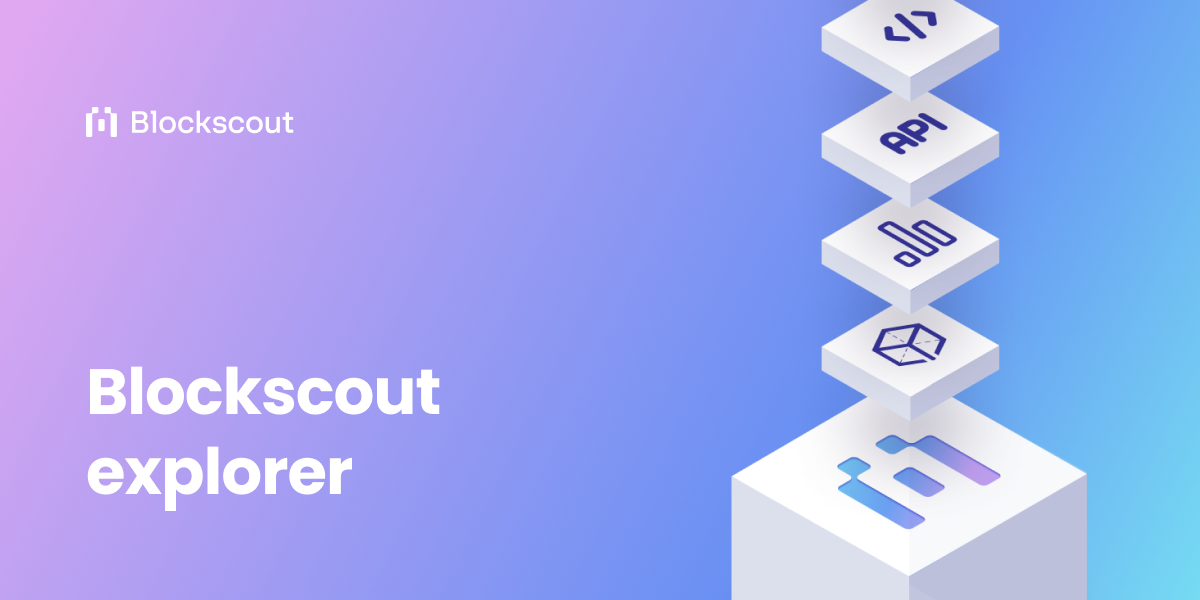
Launch Dates
- Base: Introduced to the blockchain space on August 9, 2023.
- Bitfinity: The specific launch date for Bitfinity is not yet mentioned; however, its testnet metrics indicate a mature and almost ready to launch platform.
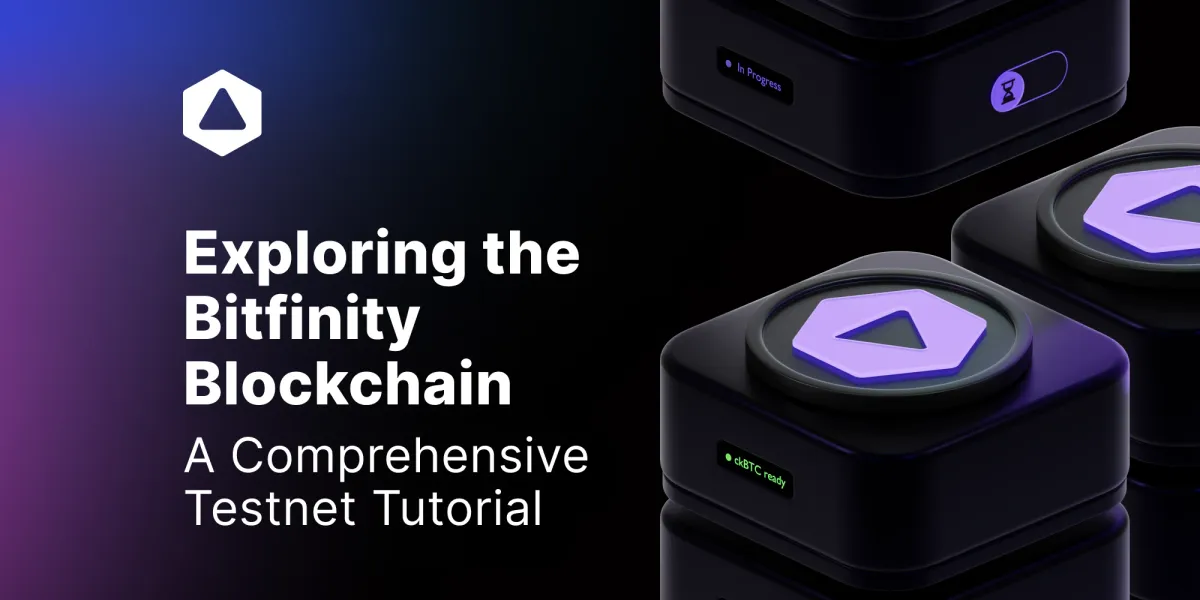
What Apps and Integrations Will Be Available in the Bitfinity Ecosystem?
Wallets
- MetaMask: A self-custodial cryptocurrency wallet renowned for its use in DeFi, Web3 DApps, and NFT management.
- FOX Wallet: A proprietary wallet designed for storing and managing NFTs, tokens, and seamless dApp connectivity.
Developer Tools
- Solidity Examples: Provides DApp and Ethereum contract boilerplates tailored for Truffle and Hardhat on Bitfinity, aiding developers in rapid deployment.
- Black IDE: A versatile, multi-platform graphic IDE tailored for streamlined smart contract development.
Blockchain Explorers
- Block Explorer (Testnet): Explore and audit transactions on the Bitfinity Testnet, powered by Blockscout.
- Block Explorer (Exec Layer): Dive into the details of the Bitfinity blockchain's Execution Layer, also powered by Blockscout.
DeFi (Decentralized Finance)
- Sonic V3: An expansive open DeFi suite featuring various protocols for token creation, trading, and liquidity provision.
- ChapSwap: A crypto utility platform allowing users to trade, earn, and win in a decentralized environment.
- Lendfinity: A decentralized finance protocol on Bitfinity for lending and borrowing digital assets.
Bridges and Cross-Chain Solutions
- Octopus Bridge: An advanced L3 bridge enhancing Bitcoin to EVM connectivity, pushing the boundaries of blockchain interoperability.
- BitFusion SDK: Facilitates the transfer of tokens across multiple blockchain platforms including Ethereum, the Internet Computer, and Bitfinity.
NFT and Metaverse Platforms
- Yuku: A decentralized NFT marketplace and metaverse where users can buy, sell, and engage with digital collectibles.
- Anima: A decentralized ID protocol that functions as a reusable KYC for seamless identification across Web3 platforms.
Browsers and Web3 Integration
- Brave: A fast, private, and secure web browser available for PC, Mac, and mobile, enhancing user privacy and ad-blocking features.
- Mises Browser: Touted as the world's first fast, secure, and extension-supported mobile Web3 browser.
Prediction and Trading Platforms
- betBTC: A prediction market utilizing ckBTC, allowing users to speculate on future events and trade contracts based on outcomes.
Governance and Community
- SNS (Service Nervous Systems): Represents an advanced DAO capable of running any decentralized application like social networks entirely on-chain.
Miscellaneous
- AuditOne: A platform pooling auditors for comprehensive smart contract audits.
- Kenshi: Provides tools and frameworks for building smarter blockchain-based applications.
What Apps and Integrations Are Available in the Base Ecosystem?
DeFi (Decentralized Finance)
- 0x: A platform that enables the building of financial products on crypto rails, improving trading speeds, pricing, and user experience.
- Aave: A non-custodial liquidity protocol where users can act as suppliers, borrowers, or liquidators.
- Alien Base: A decentralized exchange ecosystem native to Base for trading assets and derivatives.
- Arcadia Finance: Offers sophisticated strategies for asset management to beat staking APRs dynamically.
- Astaria: A lending protocol that supports unlimited loan durations for ERC-20 and ERC-721 assets.
- Avantis: An onchain perpetuals exchange for crypto, forex, and commodities.
Bridges
- Across Protocol: A leading cross-chain token bridge using UMA's optimistic oracle for secure transfers.
- Bifrost Network Bridge: Enhances security for bridging assets across chains, validated by Bifrost network nodes.
Social Platforms
- 0xPPL: A Web3 social platform that allows following and interaction with onchain activities across multiple chains.
- AlfaFrens: A SocialFi app on Farcaster for gated chat subscriptions powered by Superfluid.
NFTs (Non-Fungible Tokens)
- Anotherblock: Allows collectors to own future streaming royalties of high-end music tracks.
- Base Colors: An NFT collection representing every color on the internet.
Wallets
- Ambire Wallet: An open-source, self-custodial smart wallet using account abstraction for secure asset management.
- Beam: A self-custody payments wallet that simplifies money transfers using USDC and ECO.
Which Blockchain Should You Choose?
The decision on which blockchain to use is something like comparing Ethereum and Bitcoin in their early phases. If innovation and a deep understanding of algorithmic stablecoins are crucial, Base might be the ideal choice.
Conversely, if you prioritize speed and cost-effectiveness, Bitfinity could be more suitable.
It all comes down to the two fundamental differences of each blockchain or layer 2 solution. Choosing between Bitfinity and Base depends largely on the specific needs of your project:
- For Bitcoin-centric Projects: Bitfinity has the ability to integrate complex smart contracts directly into Bitcoin, making it an excellent choice for projects that require the use of Bitcoin’s liquidity and its unsurpassed security.
- For Ethereum-centric Projects: Base is ideal for those looking to enhance the scalability of Ethereum applications without moving away from the Ethereum ecosystem or its existing developer tools. Even though this is exactly what Bitfinty is offering with its Bitfinity EVM.
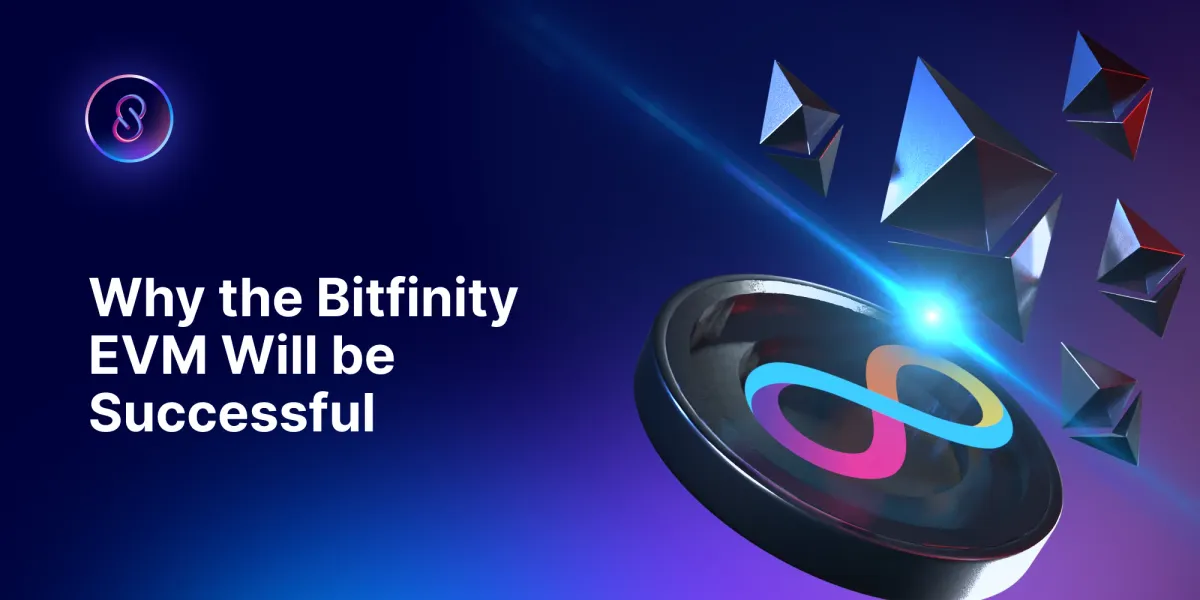
Why is the Concept of a Super Chain or Chain Fusion Important?
The concept of interconnected layer 2 solutions working atop shared base layer blockchains, such as multiple Layer 2s including Base and Optimism operating on Ethereum, and more importantly Bitfinity connecting Ethereum and Bitcoin, is the next stage in blockchain scalability and functionality known as a "Chain Fusion" structure.
The necessity of chain fusion technology, which connects different blockchains without intermediaries, is abundantly clear. Just as the Internet evolved to integrate diverse computer networks, blockchains require a mechanism to interoperate as their use expands, all behind the scenes.
This new architecture is vital because it can produce more efficient blockchain networks capable of supporting a range of decentralized applications (DApps) that caters to many more users worldwide.
Conclusion
The comparison between Base and Bitfinity showcases two dynamic but distinct approaches to the challenges and opportunities within the blockchain ecosystem. Base, with its low-cost platform leveraging the OP Stack and Ethereum's existing infrastructure, appeals to developers looking to integrate into Ethereum's mature ecosystem.
On the other side, Bitfinity emerges as a groundbreaking Layer 2 solution built on the Internet Computer Protocol, focusing on the integration with Bitcoin. By employing advanced Chain Key Fusion cryptographic techniques, Bitfinity not only offers scalability and affordability but also pioneers interoperability between Bitcoin and other blockchain networks including Ethereum.
This makes Bitfinity particularly attractive for projects that seek to leverage Bitcoin's liquidity and robust security while employing the sophisticated capabilities of Ethereum's smart contracts through the Bitfinity EVM.

Connect with Bitfinity Network
Bitfinity Wallet | Bitfinity Network | Twitter | Telegram | Discord | Github

*Important Disclaimer: The information on this website is provided for general informational purposes only and should not be considered financial advice. While we strive for accuracy, Bitfinity does not endorse and is not responsible for any errors or omissions or for results obtained from the use of this information. Views expressed herein may not reflect those of Bitfinity. External links are provided for convenience and verification of information is recommended before taking any actions based on content found here.



Comments ()